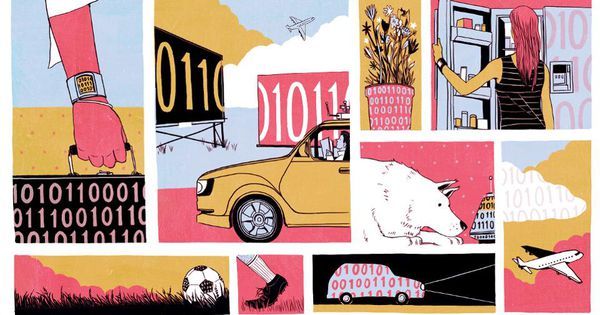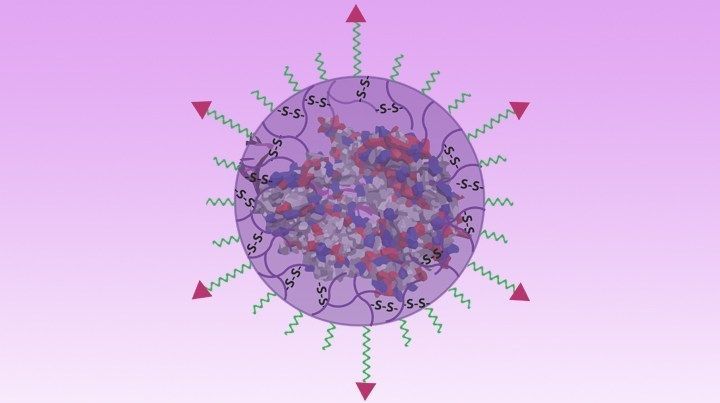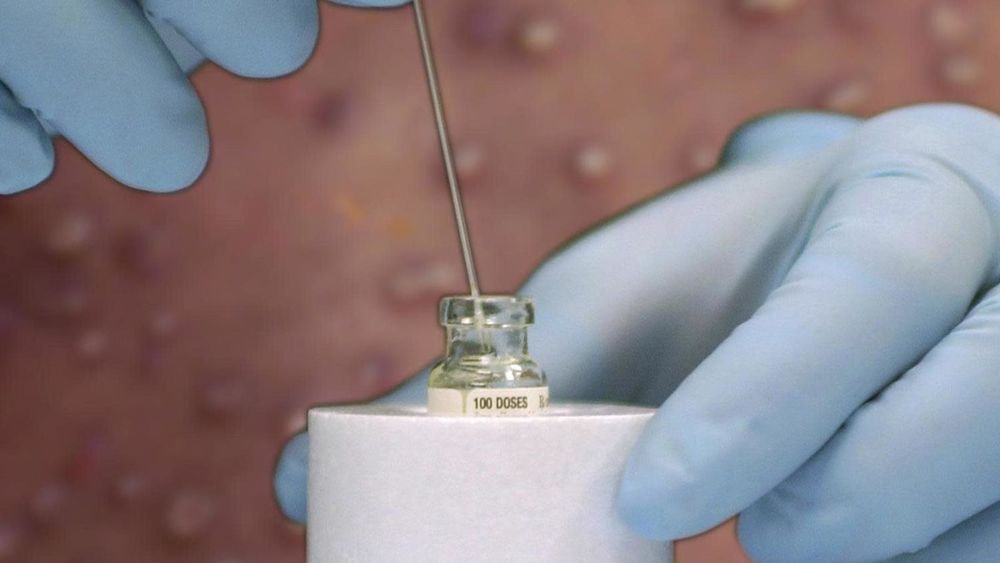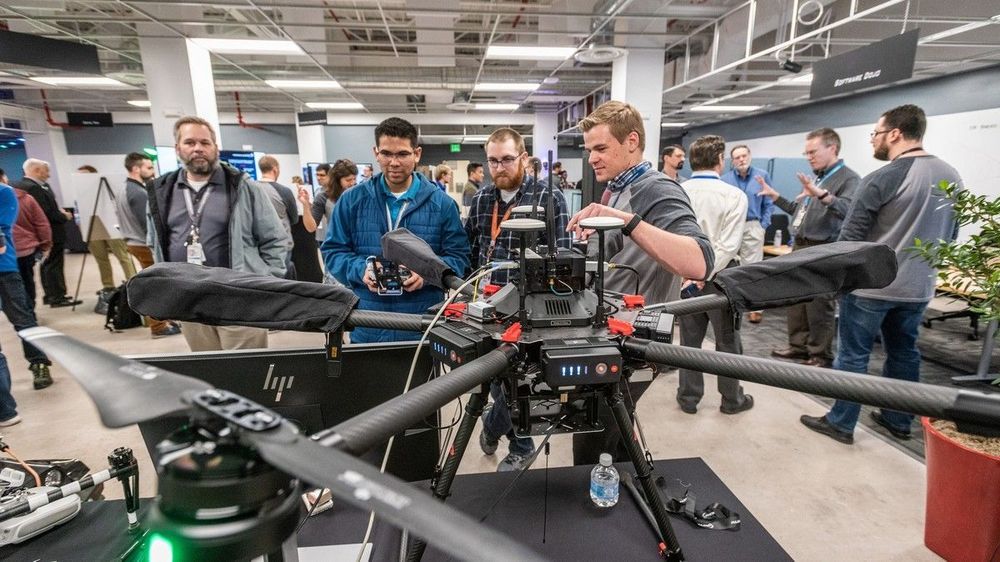With the cloud storage, you’ll save about $12 over the old Fi unlimited plan.


Jeff Bezos’ Blue Origin space venture and Elon Musk’s SpaceX are often at odds, but there’s at least one place where those two space-industry rivals are on the same page: the newly unveiled Space Talent job database.
The search engine for careers in the space industry is a project of Space Angels, a nationwide network designed to link angel investors with space entrepreneurs.
“If you’ve ever considered working in space, this jobs board has 3,000 reasons to make the leap,” Space Angels CEO Chad Anderson said in a tweet.



Hey Google, how many enemy combatants remain standing?
British soldiers could soon be offered a “military Alexa” digital assistant which would provide troops in the field with automated information from combat tactics to repair instructions.
The Ministry of Defence has awarded a £700,000 contract to a British technology company to explore the feasibility of an artificial intelligence “chatbot” which will allow soldiers on deployment to obtain crucial information via computer link.
The specification for the AI system requires that it be accessible via military “tactical radios” and handheld devices, suggesting that it could even be used by troops on the frontline engaged in combat to access intelligence and vital information. Although initially text based, the chatbot could also be further developed to give instructions by voice.
Prof. Steve Fuller is the author of 25 books including a trilogy relating to the idea of a ‘post-’ or ‘trans-‘human future, and most recently, Nietzschean Meditations: Untimely Thoughts at the Dawn of the Transhuman Age.
During this 2h 15 min interview with Steve Fuller we cover a variety of interesting topics such as: the social foundations of knowledge and our shared love of books; Transhumanism as a scientistic way of understanding who we are; the proactionary vs the precautionary principle; Pierre Teilhard de Chardin and the Omega Point; Julian and Aldous Huxley’s diverging takes on Transhumanism; David Pearce’s Hedonistic Imperative as a concept straight out of Brave New World; the concept and meaning of being human, transhuman and posthuman; humanity’s special place in the cosmos; my Socratic Test of (Artificial) Intelligence; Transhumanism as a materialist theology – i.e. religion for geeks; Elon Musk, cosmism and populating Mars; de-extinction, genetics and the sociological elements of a given species; the greatest issues that humanity is facing today; AI, the Singularity and armed conflict; morphological freedom and becoming human; longevity and the “Death is Wrong” argument; Zoltan Istvan and the Transhumanist Wager; Transhumanism as a way of entrenching rather than transcending one’s original views…
As always you can listen to or download the audio file above or scroll down and watch the video interview in full. To show your support you can write a review on iTunes, make a direct donation or become a patron on Patreon.


If used to make non-heritable genetic changes, CRISPR gene-editing technology holds tremendous promise for treating or curing a wide range of devastating disorders, including sickle cell disease, vision loss, and muscular dystrophy. Early efforts to deliver CRISPR-based therapies to affected tissues in a patient’s body typically have involved packing the gene-editing tools into viral vectors, which may cause unwanted immune reactions and other adverse effects.
Now, NIH-supported researchers have developed an alternative CRISPR delivery system: nanocapsules. Not only do these tiny, synthetic capsules appear to pose a lower risk of side effects, they can be precisely customized to deliver their gene-editing payloads to many different types of cells or tissues in the body, which can be extremely tough to do with a virus. Another advantage of these gene-editing nanocapsules is that they can be freeze-dried into a powder that’s easier than viral systems to transport, store, and administer at different doses.
In findings published in Nature Nanotechnology [1], researchers, led by Shaoqin Gong and Krishanu Saha, University of Wisconsin-Madison, developed the nanocapsules with specific design criteria in mind. They would need to be extremely small, about the size of a small virus, for easy entry into cells. Their surface would need to be adaptable for targeting different cell types. They also had to be highly stable in the bloodstream and yet easily degraded to release their contents once inside a cell.

блядь! An explosion at Russia’s State Research Centre of Virology and Biotechnology (Vector) resulted in a fire, glass blown out throughout the building, and one worker suffering third degree burns on Monday, according to the Bulletin of Atomic Scientists. Vector is one of the only two places in the world where live smallpox virus samples are officially stored, as well as retains stocks of other deadly pathogens including the Ebola virus and anthrax spores.
According to the state-run TASS news agency, Koltsovo city head administrator Nikolai Krasnikov said that the blast occurred during scheduled repair work, blowing out glass in the building and starting a 30 square meter fire. Various reports have indicated the incident started with a gas explosion. However, Krasnikov emphasized that no biohazardous materials were stored where the explosion and blaze occurred, and that there is no threat to the general population. The Vector building in question did not suffer structural damage, Krasnikov added, while the worker is in “intensive” condition.
